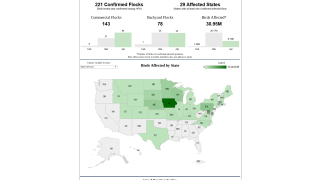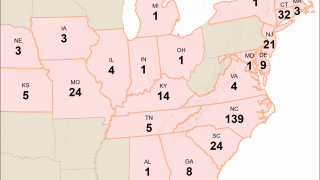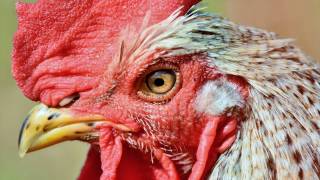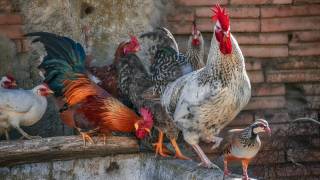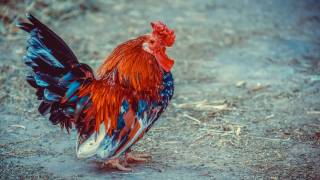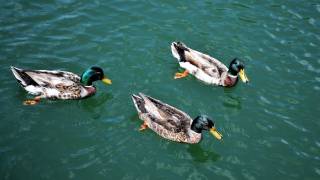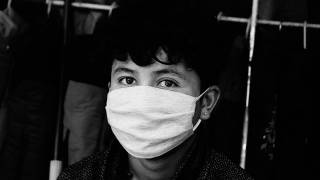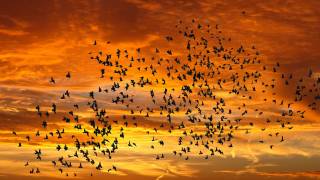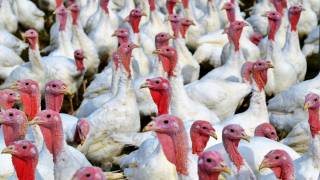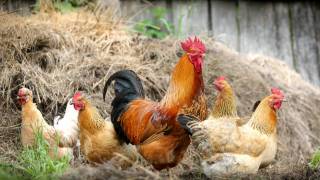U.S. Approaches Bird Flu Infection Record

The U.S. is quickly approaching a record number of wild birds and poultry affected by avian influenza, announced the U.S. Centers for Disease Control and Prevention (CDC) last week.
Since early 2022, more than 49 million birds have either died due to a Eurasian H5N1 avian virus infection or have been culled due to exposure to infected birds.
As of November 7, 2022, this news is nearing the largest bird flu outbreak in the U.S. that occurred in 2015.
Even so, the number of states affected in 2022 is already more than double the number of states involved in 2015.
Avian influenza (AI) is caused by an influenza type A virus that can infect chickens, turkeys, pheasants, quail, domestic ducks, geese, guinea fowl, and wild birds, especially waterfowl.
And the CDC says these are the first AI detections of Highly Pathogenic Avian Influenza (HPAI) A(H5) viruses since 2016.
Although the overall risk to the general public from the current bird flu outbreaks remains low, the CDC says it is essential that people take preventive measures around infected or potentially infected birds/poultry or other animals, including pets.
The CDC has been monitoring for illness among people exposed to the bird flu virus since late 2021.
To date, the CDC has tracked the health of more than 5,190 people with exposure to bird flu virus-infected birds, with just one human case reported in Colorado in April 2022.
Sporadic human infections with bird flu viruses have occurred in other countries after exposure to infected birds.
Internationally, 54 countries reported an H5N1 outbreak in birds in 2021 and 2022.
H5N1 bird flu viruses first emerged in southern China in 1996.
Since 2003, multiple countries have reported more than 860 human infections with HPAI A(H5N1) viruses to the World Health Organization, with about 53% of those cases resulting in fatalities.
And the CDC publishes: Past Reported Global Human Cases with Highly Pathogenic Avian Influenza A(H5N1) (HPAI H5N1) by Country, 1997-2022.
To prevent AI infection, people should avoid unprotected contact with wild or domestic birds and poultry that look sick or have died.
Bird flu infections in people happen most often after close, prolonged, and unprotected (no gloves or other protective wear) contact with infected birds or surfaces contaminated with bird flu viruses.
The CDC says if the person-to-person spread of bird flu were to occur, that would raise the public health threat to a pandemic level.
The U.S. FDA has approved a vaccine for one type of bird flu virus and could distribute it if a person-to-person avian influenza outbreak occurs.
CSL Seqirus' Audenz™ monovalent cell-based vaccine was initially approved in 2020.
On March 23, 2022, a peer-reviewed study published by the journal Vaccines reported, 'A cell-based process may be better suited for vaccine production during an HPAI pandemic.'
Moreover, the FDA says annual flu shots do not protect people from AI (bird flu) infections.
Other bird flu news and avian influenza vaccine development news are posted at PrecisionVaccinations.com/Avian.
PrecisionVaccinations publishes fact-checked, research-based vaccine information manually curated for mobile readers.
Our Trust Standards: Medical Advisory Committee


